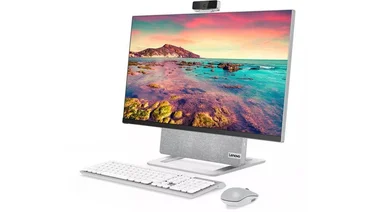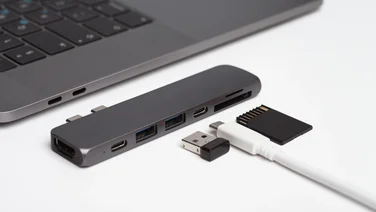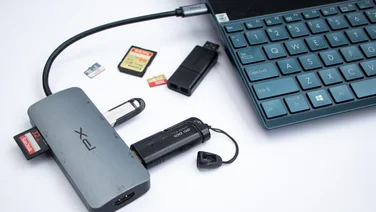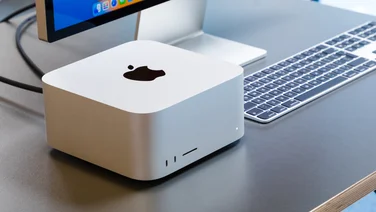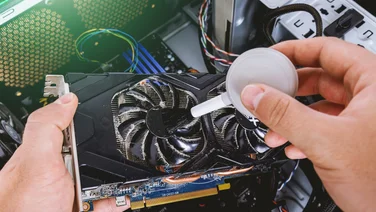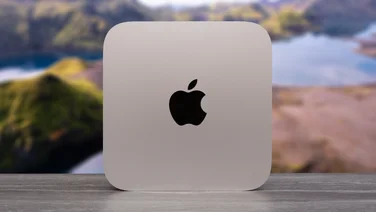To help us provide you with free impartial advice, we may earn a commission if you buy through links on our site. Learn more

- Great for VR
- Masses of SSD storage
- Relatively inexpensive
- Lacking in expansion options
The CCL Paladin matches the Ryzen 7 processor with all-in-one watercooling, an up-to-date X570 motherboard, 16GB of RAM and a powerful gaming GPU. Better yet, it doesn’t even come close to the £2,000 mark.
Not that it’s a cheap PC, but the relatively low cost of the Radeon RX 5700 XT undoubtedly helps keep the price down. As we saw from its standalone review, the RX 5700 XT is a comfortable 1440p graphics card and can even have a fair crack at 4K – qualities that are on show here as well.
CCL Paladin review: Specs

In Dirt Showdown, it averaged 185fps at 1,920×1,080, 180fps at 2,560×1,440 and 112fps at 3,840×2,160. This isn’t a terribly taxing game, but those are still sky-high scores, and encouragingly shows that even a CPU-reliant game such as Dirt isn’t bottlenecked or otherwise held back by the AMD chip. Previous Ryzens weren’t quite as good as their Intel counterparts for gaming, but that looks to have changed.
Metro: Last Light Redux wasn’t too tough a challenge, either: 96fps at 1080p and 58fps at 1440p are both fine results, and although 26fps at 4K is short of what we’d consider playable, disabling SSAA will produce a far smoother 51fps. The resolution alone is enough to avoid jagged-looking edges, so it’s no big loss.
CCL Paladin review: Performance
The Paladin scored a perfect 11 in Valve’s SteamVR Performance Test, so it’s capable of top-quality VR. We’d say the Paladin is good value specifically for gaming performance; you’d be missing out on Nvidia’s ray-tracing and DLSS features, but these are still poorly supported among games, so they’re not worth spending more on unless you’re particularly enthusiastic about a certain game from the all-too-short list of compatible titles.
Because the Paladin also runs its Ryzen 7 3700X at stock speeds, there are no CPU performance shortcomings. By scoring 193 in the image test, 309 in the video test and 389 in multitasking, it ends up with 330 overall – perhaps not as impressive as some, but when the processor is already so nimble in both single and multithreaded loads, that’s not going to represent a noticeable disadvantage.
This PC will have no problems at all with photo editing or 3D modelling, so the Ryzen makes for a brilliant multipurpose system.
CCL Paladin review: Features

For storage, the Paladin almost has a standard SSD-plus-hard-disk combo, except the SSD is huge. It’s a 1TB NVMe drive, accompanied by a 2TB hard disk for one of the largest total capacities we’ve ever seen on a straightforward gaming system.
It would be even more impressive if – like some competitors – the Paladin had dual SSDs; it’s only the respective secondary drive, but we’d always sooner have the speed of even a SATA-based SSD over a mechanical drive. Nonetheless, the Paladin’s setup is more than fine for the money, especially knowing how fast the main SSD can go: a sequential read speed of 2,967MB/s and a sequential write speed of 2,689MB/s, according to AS SSD.
You could potentially replace this with an even faster PCI-E 4.0 SSD, as the X570 motherboard’s topmost M.2 slot supports the newer standard. The second slot is PCI-E 3.0 only, although it’s still nice to have. You get a very agreeable selection of expansion slots in general, from the seven empty SATA ports to the single PCI-E x16 slot, three PCI-E x1 slots and two unused RAM slots. The case’s storage support isn’t especially expansive, but you can still add one 3.5in drive and two 2.5in drives.
Back on the outside, the main I/O panel is a mix of USB2, USB3 and USB3.1 ports: two of each. There’s also a USB Type-C port, a PS/2 port for older peripherals, S/PDIF and C-SUB jacks, three DisplayPorts and one HDMI output; not a bad assortment at all. You also get a choice of wired Ethernet or integrated 802.11ac Wi-Fi. For the latter, a pair of antennas screw on to the rear I/O panel, so you’re not losing a PCI-E slot.
READ NEXT: Best gaming monitor
CCL Paladin review: Verdict
All in all, there’s hardly a bad word to say about the CCL Paladin. It’s expensive, but nowhere near as much as some of its Ryzen 7 competition, and it achieves high performance without compromising or corner-cutting on features or connectivity. For the time being, at least, it’s the high-end Windows PC to beat.

